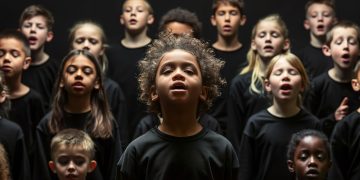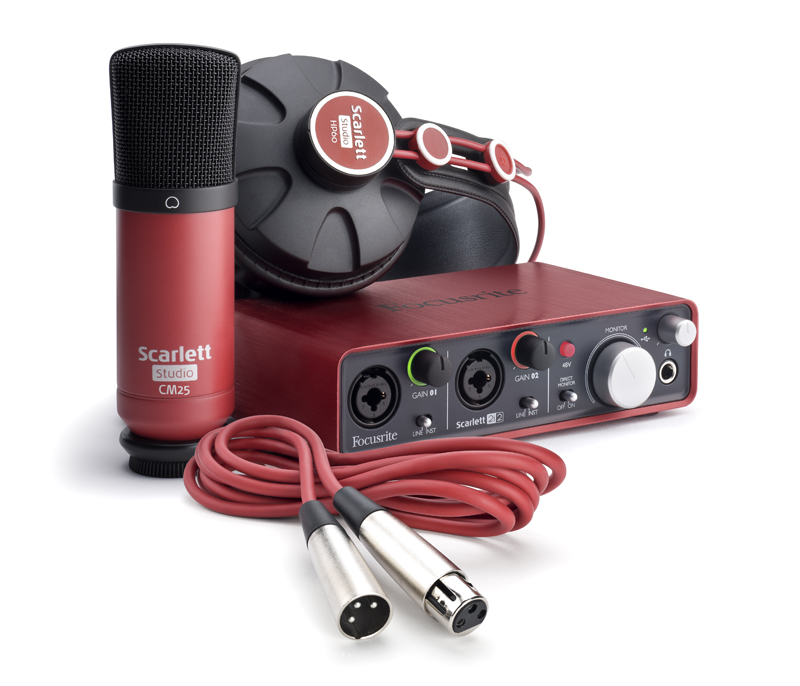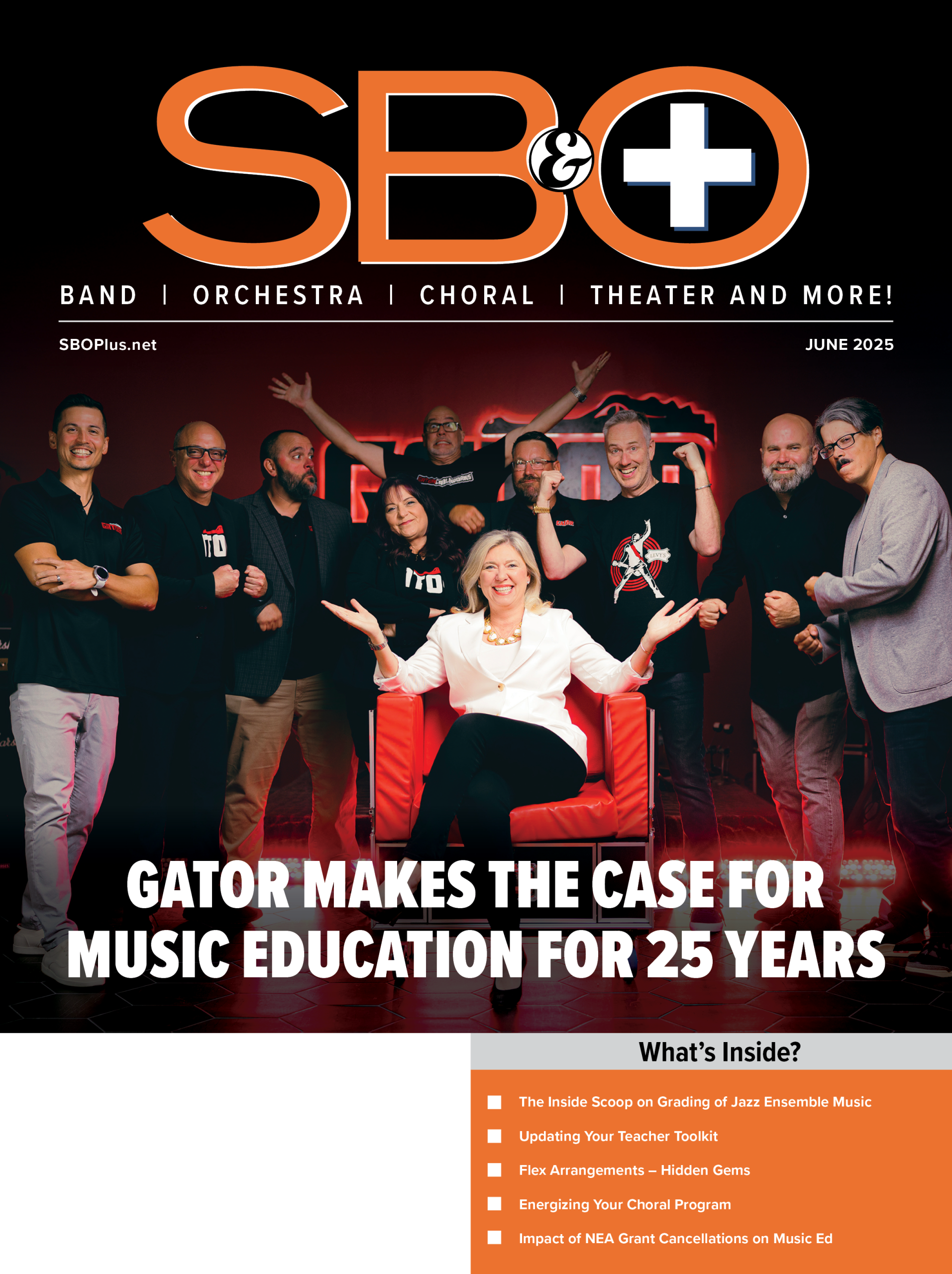By Karen L. Bruno
SBO+: This is an excerpt from an article that appeared in ACDA’s Choral Journal and was later reprinted in their quarterly ChorTeach. It is reprinted here with permission of ACDA.
1. The arts teach children to make good judgments about qualitative relationships. Unlike much of the curriculum in which correct answers and rules prevail, in the arts, it is judgment rather than rules that prevail.
Are dynamics fixed or relative? How will we know when the “piano” section is quiet enough?
2. The arts teach children that problems can have more than one solution and that questions can have more than one answer.
How does the meaning of this passage change if we emphasize this word instead of that word? Which do you prefer and why?
3. The arts celebrate multiple perspectives. One of their large lessons is that there are many ways to see and interpret the world.
Have you ever looked up into a starry night? What did you feel? Before we see the text, we will explore the musical portrayals of a starry night in Poulenc’s “La Petite Fille Sage” and Parker’s “Escape at Bedtime.”
4. The arts teach children that complex forms of problem-solving purposes are seldom fixed but change with circumstance and opportunity. Learning in the arts requires the ability and a willingness to surrender to the unanticipated possibilities of the work as it unfolds.
As we sing Vivaldi’s “Esurientes,” notice how each sequence ends differently. What compositional strategies does he use to avoid getting stuck in the pattern?
5. The arts make vivid the fact that neither words in their literal form nor numbers exhaust what we can know. The limits of our language do not define the limits of our cognition.
When we sing this chord with a unified vowel and perfect intonation, how does it feel in your body? Consider your posture, breath, lips, tongue, soft palate, ears, sinuses, or anything else related to your physical senses.
6. The arts teach students that small differences can have large effects. The arts traffic in subtleties.
How does it feel to return to the A section after singing the B section? Does sleeping in your own bed feel different after you have been away on vacation?
7. The arts teach students to think through and within a material. All art forms employ some means through which images become real.
Why did the composer choose to write this piece without accompaniment? How would it change if we added instrumentation? Would the type or family of instrument matter? Why or why not?
8. The arts help children learn to say what cannot be said. When children are invited to disclose what a work of art helps them feel, they must reach into their poetic capacities to find the words that will do the job.
Describe how you felt when, in our concert, the final chord rang in the hall and the audience waited to applaud.
9. The arts enable us to have experiences we can have from no other source and through such experience to discover the range and variety of what we are capable of feeling.
Which section of the Rachmaninoff “Vocalese” do you find the most satisfying to sing? Why? What emotion does it call forward?
10. The arts’ position in the school curriculum symbolizes to the young what adults believe is important.
Although the music we sing for your parents may not be familiar to them, how can we create a meaningful experience for them in the concert? How does our own aesthetic experience change when we share our art with an audience?
ACDA.org
You may also like:
 50 Music Teachers Who Make a Difference
50 Music Teachers Who Make a Difference
 SBO Presents the 20th Annual 50 Directors Who Make a Difference
SBO Presents the 20th Annual 50 Directors Who Make a Difference
 SBO Presents The 19th Annual 50 Directors Who Make A Difference
SBO Presents The 19th Annual 50 Directors Who Make A Difference
 The 22nd Annual 50 Directors Who Make a Difference
The 22nd Annual 50 Directors Who Make a Difference
 Our 24th Annual 50+ Directors Who Make a Difference
Our 24th Annual 50+ Directors Who Make a Difference
 SBO Presents the 21st Annual 50 Directors Who Make a Difference
SBO Presents the 21st Annual 50 Directors Who Make a Difference





















